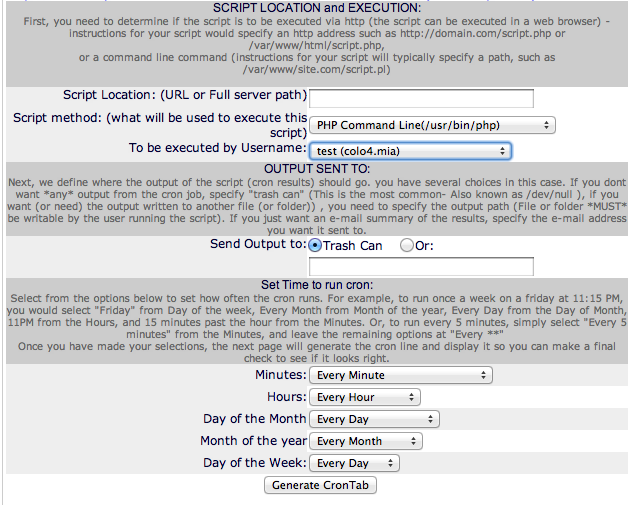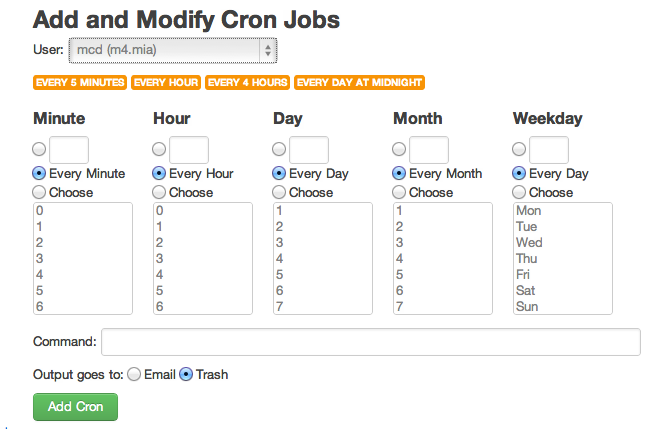A week ago I was walking the dog and thinking about how to handle a validation routine and I got sidetracked and thought about a different problem I had a few weeks earlier. I’ve been working with Ajax Push for a few things to test some parts of a larger concept.
I’m a big advocate of writing mini-projects to test pieces of an eventual solution. Writing two small projects in APE helped me refine the model of another project I had which is what triggered this project. CodeRetreat was also a very good experience – rewriting the same code six times in the same day. Each time you iterated, your code or methodology was better.
Now I have an idea and need a platform. I know I need Ajax Push and APE wasn’t suitable for my other project. I don’t like JavaScript, plain and simple. node.js uses server-side Javascript and this app would have plenty of client-side Javascript as well. The library I intended to use was socket.io as it supported the feature set I needed.
Within minutes, I had node.js up and running through installing one of their binary distributions for Debian. This turned out to be a mistake as they have an extremely old version packaged, but, it took five days before I ran into a package that required me to upgrade.
node.js is fairly straightforward and I had it serving content shortly after starting it. The first problem I ran into was routing. It seemed cumbersome to define everything and I started running through a number of route packages. I ended up using Express, a lightweight framework that includes routing as part of the framework. Express also wraps the connect package which I had used to handle uploads. Refactored code to use Express and I’m off and running.
Now, I’m serving pages, static files, my stylesheets are loading (with the proper content type) and the site is active. I actually had a problem with some JQuery because the content-type wasn’t being set to text/html for my index page.
Next up, image resizing. I used the gm wrapper around graphicsmagick which worked well and I didn’t look further. The methods used by GM are quite straightforward and I see very little difference in the output quality from it versus imagemagick. The command line interface is a bit more straightfoward – not that you need that unless you’re debugging what GM is actually doing. I did run into an few issues with the async handling which required a bit of rework. I still have some corner cases to solve but, I’m shooting for an alpha release.
Redis was straightforward and I needed that for a counter. Again, the async paradigm makes you write code that an OO or functional programmer might find troubling.
What you expect:
io.sockets.on('connection', function (socket) {
var counter = redis_client.incr('counter');
socket.emit('stats', { 'counter':res });
});
What you really mean:
io.sockets.on('connection', function (socket) {
redis_client.incr('counter', function (err, res) {
socket.emit('stats', { 'counter':res });
});
});
Javascript doesn’t support classes, but, there are ways to emulate the behavior you’re after. This is something you learn when working with Sequelize – the ORM I am using for access to MySQL. I really debated whether to use Redis for everything, or, log to MySQL for the alpha. I know in the future I’ll probably migrate to CouchDB or possibly MongoDB so that I can still do sql-like queries to fetch data. Based on the stream-log data I expected to be collecting, I could see running out of RAM for Redis over time. Sequelize allows you to import your models from a model file which cleans up a bit of code. Most of the other ORMs I tried were very cumbersome and required a lot of effort to move models to an external file resulting in a very polluted app.js.
Now I needed a template language and form library. I initially looked at Jade but wanted something closer to the Python templating languages I usually use. Second on the list was ejs which is fairly powerful. It defines a layout page and imports your other page into a <%- body %> section, but, that’s about as powerful as it gets. There is currently support for partial includes, allowing header templates, etc, but, that is being phased out and should be done through if branches in the layout.ejs file.
As for a form library, I never found anything satisfying. For most frameworks, a good form library is a necessity for me, but, I can hand-code validation routines for this.
Authentication. At this point, I tried to install Everyauth. During installation a traceback is displayed with a fairly cryptic message:
npm ERR! Error: Using '>=' with 1.x.x makes no sense. Don't do it.
Tracking this down, we find a very old packaged version of NPM which refuses to upgrade because node.js is too old. In Debian Sid, node.js version 0.4.12 is packaged, what? 0.7.0-pre1 is the latest recommended. Upgrading node.js to be able to install a newer version of npm allows us to move forward.
Note: before upgrading, make sure you commit all of your development changes. I didn’t and lost about fifteen minutes of code due to a sleepy rm. :)
So, now we’re running a newer version of node.js, npm upgrades painlessly and we’ve installed Everyauth.
Everyauth is, well, every auth you can think of. In reading their example code, it looked like they were doing more than they actually do, but, they wrap a set of routines and hand back a fairly normalized set of values back. Within fifteen minutes I had Facebook and Twitter working, but, GoogleHybrid gave me some issues. I opted to switch to Google’s OAuth2, but, that failed in a different place. I’ll have to debug that, fork and do a pull request.
I need to write the backend logic for Everyauth, but, with Sequelize, that should be fairly quick.
Down to the basics
Web site performance is always on my mind. Search Engine Optimization becomes important for this site as well. Javascript built pages are somewhat difficult for Googlebot to follow and we don’t want to lose visibility because of that. However, we want to take advantage of a CDN and using Javascript and dom manipulation will allow us to output a static page that can be cached and use JQuery to modify the page to customize it for a logged in user. The one page that will probably see the heaviest utilization is completely Ajax powered, but, it is a short-lived page and probably wouldn’t be indexed anyhow.
node.js for serving static files
I debated this. node.js does really well for Ajax and long-polling but several articles recommend using something other than node.js for static media. I didn’t find it to be slow, but, other solutions did easily outserve it for static content. Since we’re putting all of our content behind Varnish, the alpha will serve the content to Varnish and Varnish will serve the content. It is possible I’ll change that architecture later.
socket.io
While I’ve just scratched the surface of the possibilities, socket.io is very easy to use and extremely powerful. I haven’t found a browser that had any problems, and, it abstracts everything so I don’t have to worry which method it is using to talk to the remote browser. You can associate data with the socket so that you can later identify the listener which is handy for writing chat applications.
Stumbles
At the end of seven days, I’m still stumbling over Javascript’s async behavior. At times, function precedence is cumbersome to work around when you’re missing a needed closure for a method in a library. I’ve also tested a number of packages that obviously solved someone’s problem and was published that looked good but just wasn’t generic enough.
248 hours
656 lines of code, most major functionality working, some test code written and the bulk of the alpha site at least fleshed in.
Overall Impression
node.js is very powerful. I think I could have saved time using Pyramid and used node.js purely for the Ajax Push, but, it was a good test and I learned quite a bit. If you have the time to implement a small project using new technology, I highly recommend it.
Software Used
* node.js
* Express
* gm
* redis
* sequelize
* ejs
* everyauth
* npm
* socket.io
Software Mentions
* APE
* jade
Additional Links
* Blazing fast node.js: 10 performance tips from LinkedIn Mobile


